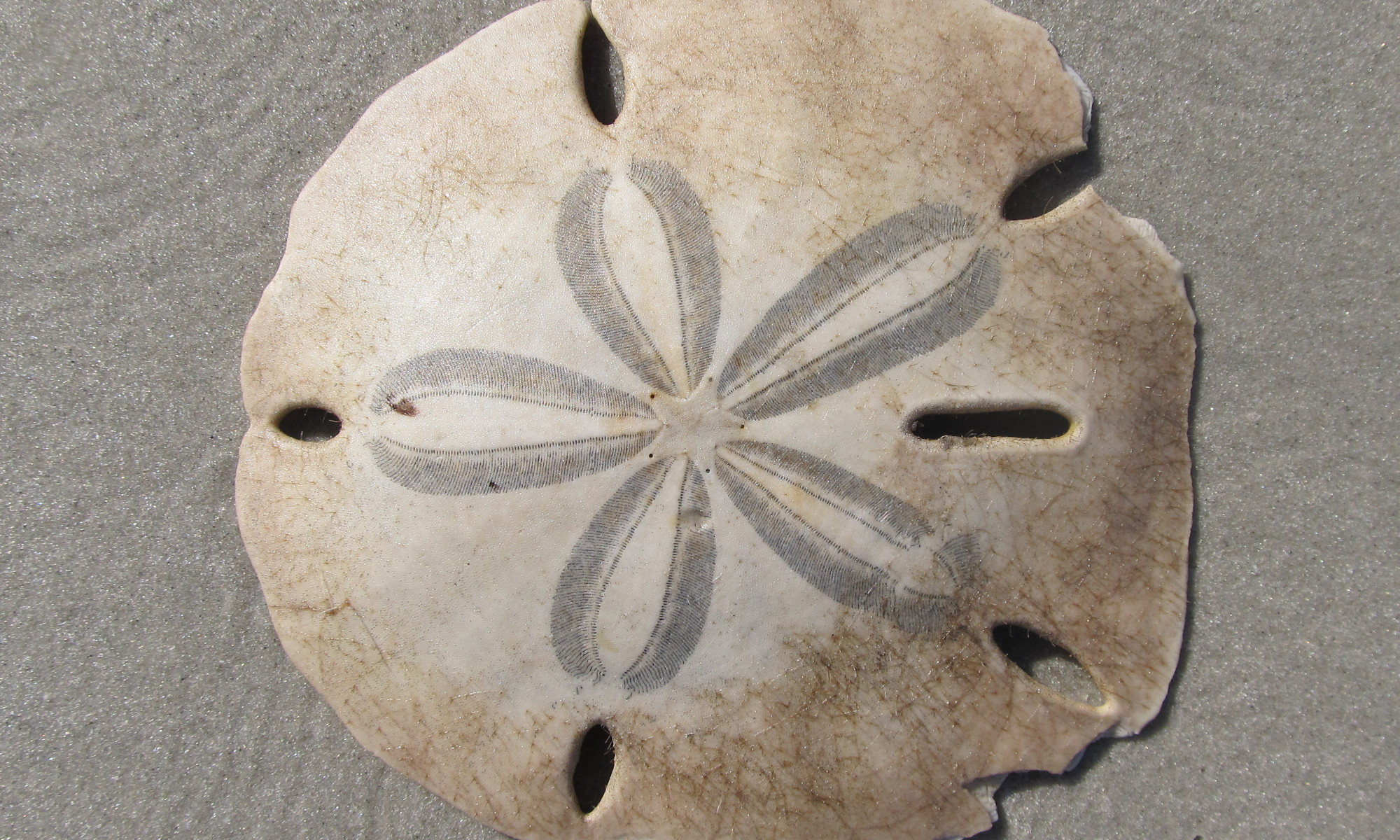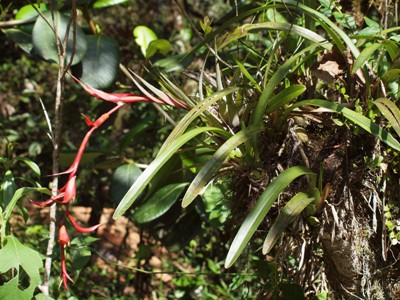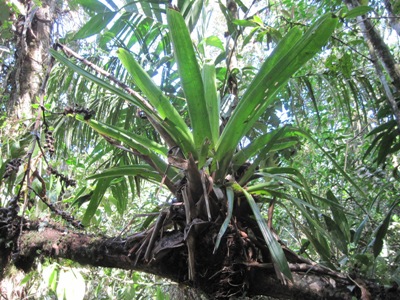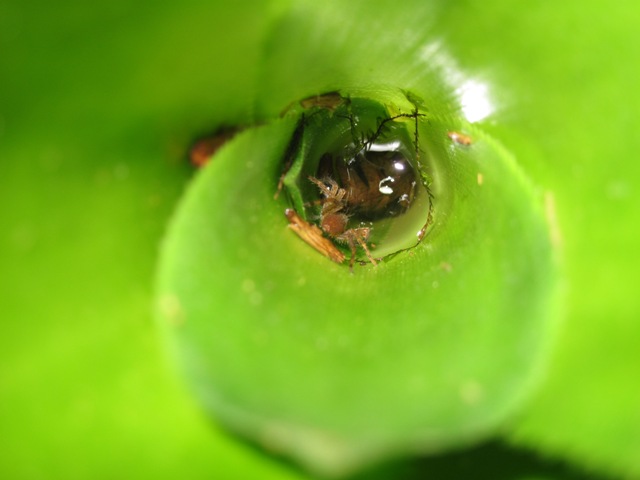Thank god, someone with an intuitive example (at least to the average North American male) for why species abundance distributions might not mean a thing:
Universal Ecological Patterns in College Basketball Communities.
There are others in this earlier paper, e.g. the compositional similarity of global cuisine ingredient lists over space, garden seed offerings and Cowboy Junkies song performances over time. Hail to thee, creative scientists with opinions!
Something funny happened on the way to the lab
A funny and wonderful thing! Yesterday, our saviours arrived! When Fish and I arrived at the “lab” yesterday, we walked right through it. Dragonflies! A swarm of dragonflies so thick it darkened the sky! And it stretched all the way from the restinga, back to our house by lunchtime. The numbers were simply incredible. It’s what I imagine a plague of locusts would look like – but wonderful beautiful locusts who eat mosquitoes! They would rest on the bushes and grass next to the path and when we walked by it was accompanied by an uprising of dragonflies in a flutter of wings on all sides of us. There were millions! And I would have happily walked through their swarm all day in their shield of protection from the biting insects.
The phenomenon is of course interesting from a scientific as well as an aesthetic and self-preservation aspect. We had assumed that anything in the tropics has essentially a non-seasonal life-cycle. Since there is no “winter” like ours to prevent insects from surviving and reproducing, there would just be a continuous cycle of reproduction and emergence. But this huge emergence event reminded me exactly of what happens in northern Ontario around July. The blackflies all emerge in late May, and a month and a half later, suddenly one day, the dragonflies arrive! They fly in clouds almost as dense as we saw yesterday eating everything in their path, and within a couple weeks, there are no blackflies! (If only we could hope for the same kind of outcome here…). The dragonflies here all look the same and we think they might be the same species. A mass emergence of a population that size of a single species is just staggering! There must have been literally millions! It would also follow that that kind of event would affect the “seasonal” cycles of several other species (all of their prey, frogs, birds that prey on them). That is something I didn’t expect from a tropical ecosystem, but I suppose we must be far enough south here for seasonality to play a role. Or maybe there is some other ecological reason for such a mass emergence, regardless of the environment.
They are still here today, but the swarm has lessened significantly. And much to our dismay, the mosquito population doesn’t even seem to have flinched. Whatever the ecological significance and ultimate outcome… it was an awe inspiring sight!
Cat and dog
Only one dog and one cat live on Cardoso island. The day we arrived here by boat, the boat driver said, “Be careful of the cat, it bites.” I didn’t see the cat any time in the first two weeks, and when it first appeared, it seemed odd and out of place. A domestic cat living on this otherwise pretty wildery island. It walked by our lab outside. The next time I saw it, it was sitting on a railing on the walk from our house to the restinga. Then, it was suddenly everywhere. We would go to the beach in the evening, and it would come and sit next to our feet, or even on our laps. In the middle of the night, it would crawl through the large gap between the roof and the wall and sleep on someone’s bed. It always sits by the door of our house.
The dog also has its run of the island. It is skinny and speckly with black spots on it’s grey coat. Sometimes, it just runs joyfully back and forth by the houses. When we walk by, it inevitably starts trotting along next to us for a little while before going off to do something else.
There was a time when the cat and the dog met. The cat was with us, and the dog was with some of the islanders. As soon as they saw each other, the dog started barking and the cat flattened it’s ears and hissed. The islanders had to hold back the dog to keep it from attacking the cat, but the cat was not inclined to stay away from the dog. Instead, it tried to jump and claw at the dog. Eventually, we convinced the cat to run off somewhere.
I like this: only one cat and one dog, and they don’t like each other, and if I were poetic I would make some metaphor about something right about now.
Alathea
Guatemala report II
Last Saturday I visited El Biotopo de Quetzal (the protected area of Quetzal),
where I found many bromeliads.
Most of them were on the ground along the trail, and some of them were on trees.
They had phytotelmata, though I didn’t have enough time to observe them very well.
I could find a mosquito larva in the water and a spider hiding inside the leaves.
El Biotopo is located 20km north of Salamá, where there are humid and cloud forests
(1800-1900m in elevation).
It’s the only place to see Quetzal in Guatemala,
though it’s very hard to meet this amazing bird in the forest.
But very fortunately, I could observe it this time!
I was really lucky to see it in the first visit.



